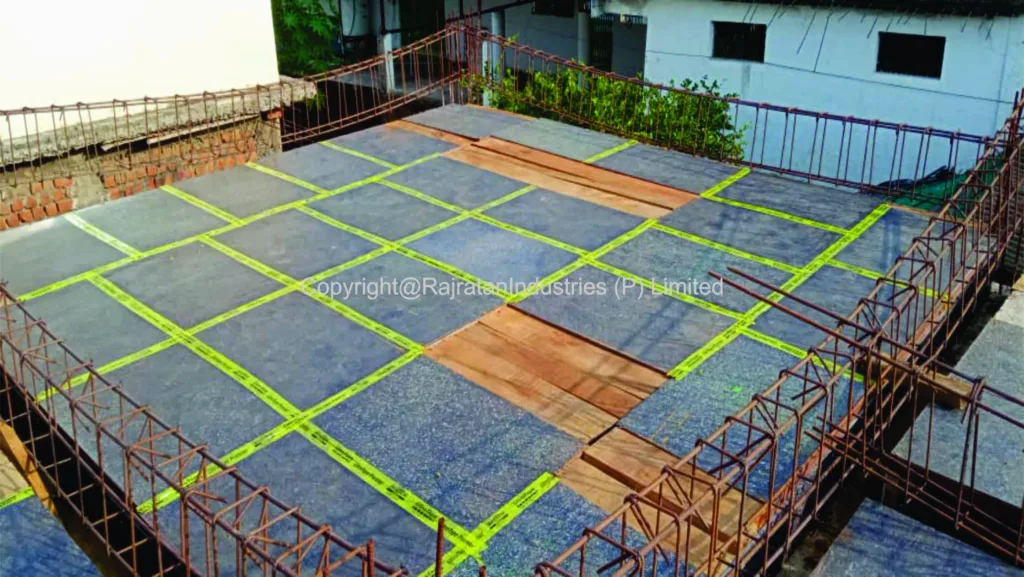
Shuttering, also known as formwork, plays a crucial role in the construction industry. It’s the temporary mould that holds the wet concrete mixture in place until it sets and hardens. But what exactly is its purpose? How does it differ from centring and formwork? And what are the best types of shuttering? Let’s delve into these questions to offer a comprehensive understanding of shuttering in construction.
What is the Purpose of Shuttering?
The main purpose of shuttering is to provide stability to the wet concrete, allowing it to be moulded into a specific shape. It supports horizontal, vertical, and inclined surfaces, shaping the concrete according to the required dimensions34. Shuttering, therefore, is a vital process in the construction of structures such as buildings, bridges, and dams.
Formwork vs Shuttering vs Centring
While the terms formwork and shuttering are often used interchangeably, they refer to slightly different concepts. Shuttering is a type of formwork, specifically designed to hold wet concrete in place2. On the other hand, formwork includes all temporary or permanent moulds into which concrete is poured.
Centring, meanwhile, refers to the temporary structure used to support an arch or dome during construction until the structure is strong enough to stand by itself. Thus, centring is a specific type of formwork used for arches and domes.
Types of Shuttering and Formwork
There are several types of shuttering and formwork used in construction, including timber, plywood, steel, and plastic formwork. The choice of shuttering material depends largely on the project requirements and the desired finish. For instance, steel shuttering is known for its durability and reusability, while plywood is more cost-effective and provides a smooth finish.
RCC Shuttering Explained
RCC, or Reinforced Cement Concrete, shuttering refers to the formwork used when working with RCC. It is designed to withstand the heavier loads associated with reinforced concrete, making it an essential part of any RCC construction project.
What is the Best Shuttering?
The “best” shuttering depends on the specific requirements of your project. However, steel shuttering often comes out on top due to its durability, reusability, and ability to withstand heavy loads. It’s also resistant to warping and shrinking, making it a reliable choice for large-scale projects.
Standards in Shuttering: IS Code 456
IS Code 456 is the Indian Standard code for plain and reinforced concrete. It provides guidelines for the design and construction of formwork, making it an important reference point for anyone involved in shuttering.
Understanding Formwork Sizes
Formwork sizes vary depending on the project. However, the thickness of the formwork is crucial to ensure the stability and safety of the structure. The exact thickness will depend on the type of formwork material used and the load it needs to support.
In conclusion, shuttering plays an indispensable role in construction. It shapes our buildings, bridges, and other structures, providing them with the strength and stability they need to stand tall. Whether you’re a seasoned construction professional or a curious observer, understanding the ins and outs of shuttering can give you a deeper appreciation of the built environment around you.